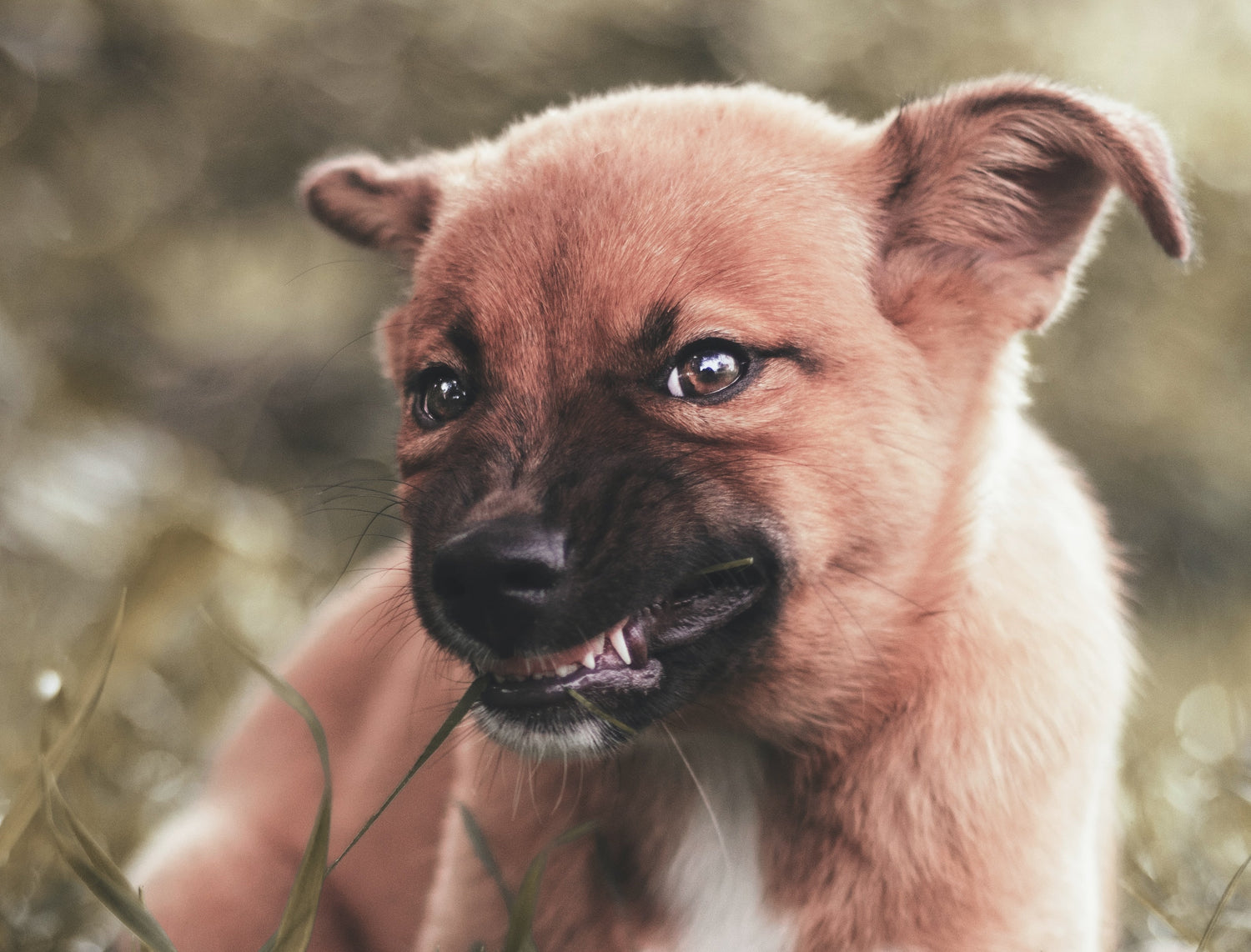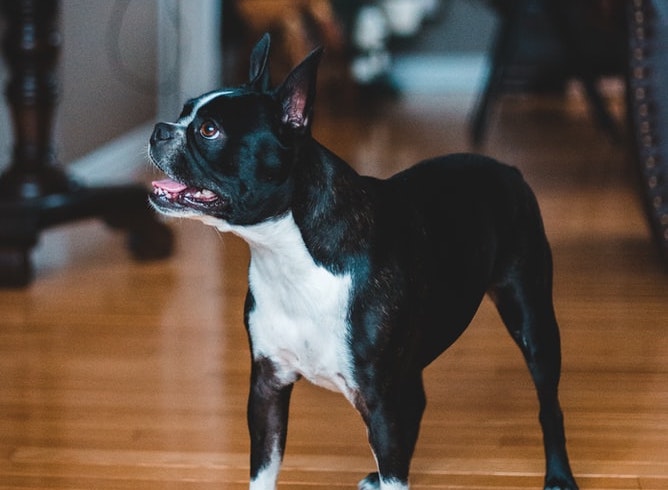Have you ever wondered why your dog growls and if you need to teach them to stop? Read all about dog growling and what to do about it.
Two types of growls
Growling is a form of communication that can be triggered by different reasons.
Play Growling
This type of growling is positive and happens when your dog has a great time playing and socialising. It can for instance happen when two dogs are wrestling. Although it seems rough, growling isn't a sign of aggression.
Stress Growling
On the other hand, stress growling occurs when your dog feels uncomfortable, threatened or something is bothering them. In those situations, you can intervene and leave with your dog before they start becoming more aggressive.
How to tell the difference? Body language. If your dog is playful, there's nothing to worry about. If they are staring and have a threatening look, then they are stress growling.
How to deal with stress growling?
Consider stress growls are warning signals to keep the threat away. Dogs use growling as a defence mechanism but if it doesn't work, they will become more aggressive and may bite.
Should growling be punished?
Growling should never be punished, whether it's triggered by happiness or stress.
Stress growls are precious indicators that your dog feels threatened and it gives you a chance to change the situation before it escalates. Punishing your dog would only stop them from giving you those warnings and they might start becoming aggressive out of the blue.
How to react?
Try and identify what is bothering your pooch and act accordingly. For instance, if it's another dog, leave the area. If they are guarding their bones, it might be a good idea to stop giving them.
If your dog perceives a lot of situations as threats, long term solutions will involve specific assistance from a dog trainer to help them become more comfortable in those stressful situations.




Leave a comment
This site is protected by hCaptcha and the hCaptcha Privacy Policy and Terms of Service apply.